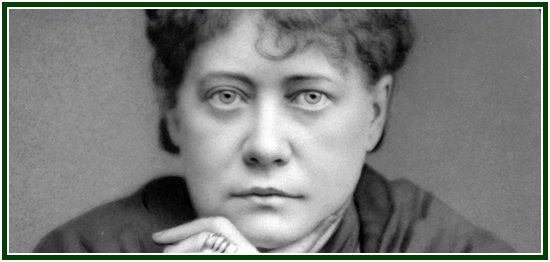
Raja Yoga, Hatha Yoga, and Human Hibernation
N.C. Paul

Quietly muttering the sacred word Om – the cosmic sound, or Pranava – is an
important practice in Raja Yoga (see for instance pp. 11-12 in the present pamphlet).
PREFACE.
The present Treatise contains the theory and practice of the Yoga, one of the six systems of doctrine held by the Hindus.
The Yoga treats of various processes, by which the Hindu Ecstatics acquire the power of abstaining from eating and breathing for a long time, and of becoming insensible to all external impressions.
The Hindu mystics (yogis) who practise yoga, retire into subterranean retreats (gupha), they abstain from common salt, and are extremely fond of milk, on which they chiefly live: they are nocturnal in their habits, keeping retired in the day; they are slow in their motions, and torpid in their manners; they eat and walk during the night. They practise two postures, termed Padmasana, and Siddhasana, with a view to respire with the least possible frequency. They also dread the rapid changes and inclemencies of the weather.
000
The pamphlet “A Treatise on the Yoga Philosophy” was published on the websites of the Independent Lodge of Theosophists on 23 January 2025.
Dr. N.C. Paul, a physician, was born in India in 1829 and lived until 1880.
The first edition of “A Treatise on the Yoga Philosophy” appeared in Benares, India, in 1851, with 63 pages. The present online edition is a facsimile reproduction of it. While working on the copy we obtained, coeditor Joana Maria Ferreira de Pinho restored blurred pages and words which were difficult to see or had errant marks.
000
Read more:
* Yoga – the Story of Captain Seymour, by H.P. Blavatsky.
* Experiencing the Yoga Aphorisms, by CCA.
* Good Sense in Approaching Raja Yoga, by CCA.
* From Ritualism to Raja Yoga (by a Mahatma of the Himalayas).
* The Yoga-Sutra of Patanjali (by Manilal Nabhubhai Dvivedi).
* Raja Yoga or Mental Development (by Yogi Ramacharaka).
* The Yoga Aphorisms of Patanjali (by William Q. Judge).
000
Print the texts you study from the websites of the Independent Lodge. Reading on paper helps us attain a deeper view of philosophical texts. When studying a printed text, the reader can underline sentences and make handwritten comments in the margins that link the ideas to his personal reality.
000

Helena Blavatsky (photo) wrote these words: “Deserve, then desire”.
000